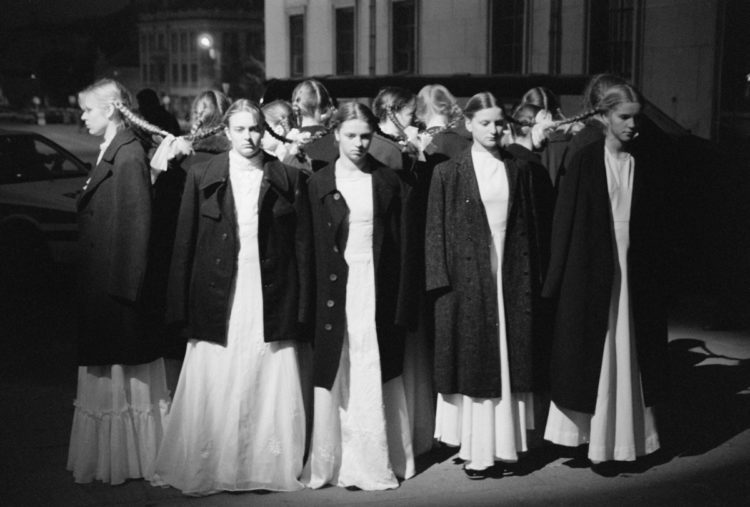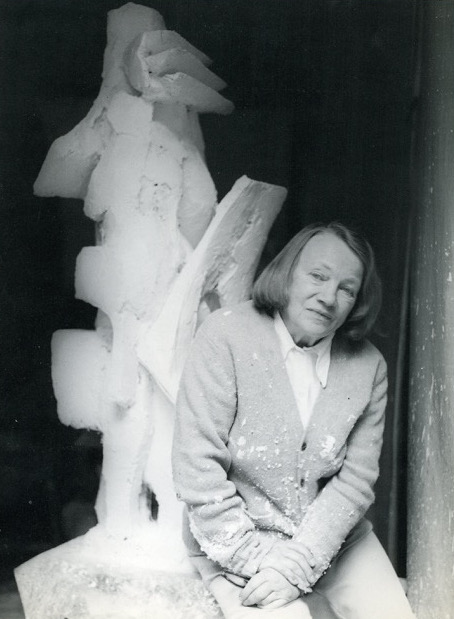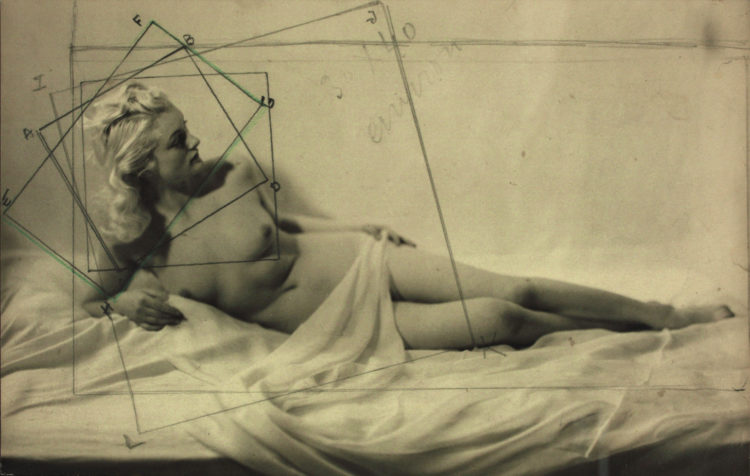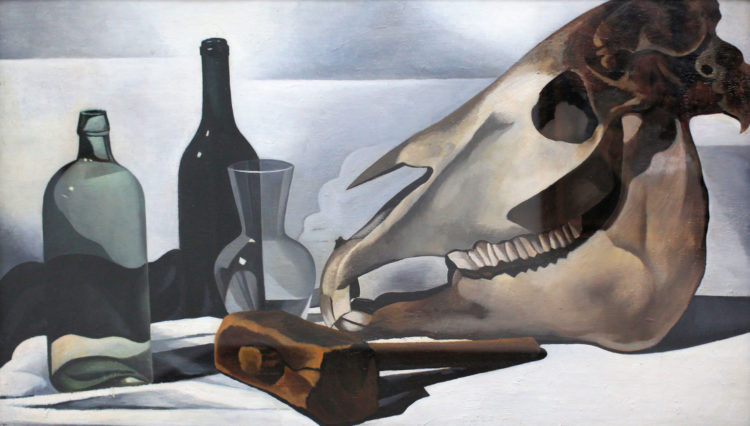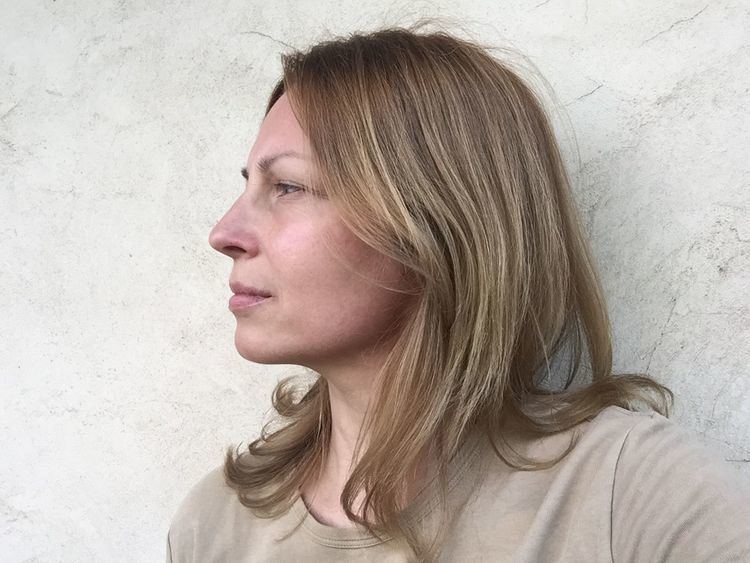Elvyra Kairiūkštytė
Elvyra Kairiūkštytė, Rachlevičiūtė, Ramutė (ed.), Deginantis gyvenimo artumas [The burning closeness of life]. Elvyra Kairiūkštytė (1950-2006), Vilnius, Tyto alba, 2010
→Grigoravičienė, Erika, « Elvyra Kairiūkštytė », MO muziejus (online)
Elvyros Kairiūkštytės (1950–2006) piešinių paroda [Elvyra Kairiūkštytė’s drawings exhibition (1950–2006)], Bažnytinio paveldo muziejus [Church heritage museum], Vilnius, 23 March–6 Mai, 2017
→Deginantis gyvenimo artumas [The burning closeness of life] Klaipėdos dailės parodų rūmai [Palais des Arts de Klaipėda], Klaipėda, 9 April–3 May, 2010
→Elvyros Kairiūkštytės personalinė paroda [Elvyra Kairiūkštytė’s solo exhibition], Vilniaus meno darbuotojų rūmai [Palais des artistes de Vilnius], Vilnius, 1986
Lithuanian printmaker.
Elvyra Kairiūkštytė’s parents are unknown, and she grew up in orphanages in Širvintos, Vilnius, then Kuršėnai. In 1970, she enrolled in the Stepas Žukas Technical School of Applied Arts in Kaunas, attending only a few months of classes before moving on to study illustration between 1971 and 1977 at the National Institute of Art of the Lithuanian Soviet Socialist Republic (now the Vilnius Academy of Arts). In 1979, she began to exhibit work in Lithuania and abroad. From 1984 she was a member of Lietuvos dailininkų sąjunga [the Union of Lithuanian Artists]. She held just one solo exhibition in her lifetime, at the Palace of Artists in Vilnius in 1986.
E. Kairiūkštytė’s production was remarkable in the artistic landscape of the 1970s for its spontaneity and connection with the natural elements. Her work could be aligned with the artistic traditions of the interwar period in Lithuania, as well as with German Expressionism and the post-Cubist works of Pablo Picasso (1981–1973). Early prints portray her daily environment, her loved ones, the other artists she frequented, her life as a young person and erotic subjects. Indeed, amongst her first works we find representations of the sexual rituals of Adam and Eve, and nude and sensual bodies rendered in a style that recalls Ancient Egyptian and Mesopotamian art, Indian divinities and Greek ceramics.
Works from the early 1980s are filled with colourful silhouettes, and look as if they were created on some remote, exotic island rather than in Soviet Lithuania. Yet the artist would leave her homeland just twice, and then only for very short periods. Instead, she gleaned inspiration from books and albums by other artists, her Picasso-esque improvisations earning her the nickname ‘Kikasso’ during her time at the National Institute of Art.
E. Kairiūkštytė displayed great technical prowess and was capable of engraving a matrix with no preparatory sketches. She was invited to participate in the major exhibitions of her time, and moved in the circles of fellow prominent Lithuanian artists. However, after 1988, her artistic practice entered a period of crisis. The first manifestations of her schizophrenia appeared as Lithuania underwent profound political and social change after reinstating itself as an independent republic. Her illness isolated her from the art world. She continued to create in solitude until her death, recording each day as it passed in the scattered pages of a private journal. During these eighteen years of isolation she produced almost 15,000 large-format drawings. Composed of impulsive, almost impetuous lines, drawn as if under the influence of their images of saints, demons, birds, plants and famous faces, some of these works are up to three metres in height. They reveal a world of religious visions, reflecting some kind of spiritual exaltation and the artist’s interior drama.
E. Kairiūkštytė perfected, renewed and modernised the traditional technique of relief carving. The artist was the first in Lithuania to create such large format prints (the largest were printed using eight or nine matrices). It was only after her death that the general public was able to discover her complete works, with the publication of an album in 2010 and the organisation of a number of exhibitions. The works of E. Kairiūkštytė are held in public and private museums in Lithuania, as well as in private collections.
A biography produced in partnership with Artnews.lt and Echo Gone Wrong within the scope of the season of Lithuania in France 2024.
© Archives of Women Artists, Research and Exhibitions, 2024

































